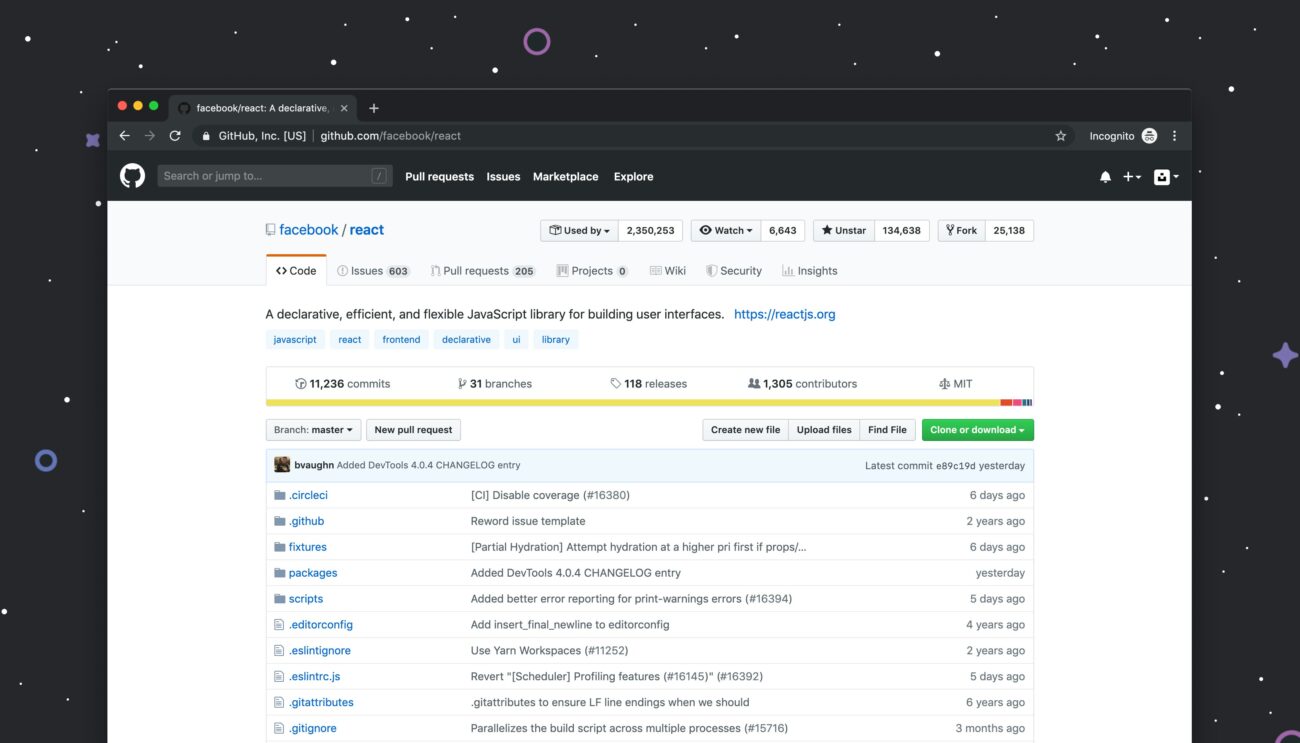Modern web applications require not only a user-friendly interface, but also a competent architecture that provides fast and smooth navigation. In this context, routing plays a key role by allowing users to easily move between pages without a full reboot.
The opinion of Celadonsoft: “In the React ecosystem, the standard for client routing is React Router — a powerful library that provides flexible parameters for transitions management, nested navigation and history management.”
How Does React Router Help Developers?
Using React Router allows:
- Create one-page applications (SPA) in which navigation is carried out without rebooting the page, improving UX.
- Flexible route management — supports both static and dynamic routes, as well as nested routing.
- Provide secure access — routes that are only available to authorized users can be easily implemented.
- Optimize loading — lazy loading (LST) allows loading pages only when necessary, reducing the initial load.
Install and Configure the React Router
Efficient routing is a key aspect of any modern web application. React Router allows creating a comfortable and flexible navigation system, while maintaining the speed and fluidity of SPA (Single Page Application). This section will explain how to install and configure React Router correctly in your project.
Package Installation
React Router comes as a separate package that you need to add to the project. For this, run the command:
npm install react-router-domor if you use Yarn:
yarn add react-router-domThis command will install the current version of the library needed to work with routing in the React application.

Basic Router Configuration
After installation, you need to wrap the root component of the application into BrowserRouter. This will create a routing context that is available to all child components.
Open the index.js file or, if you use Vite, main.jsx, and configure the router as follows:
import React from "react";
import ReactDOM from "react-dom/client";
import { BrowserRouter } from "react-router-dom";
import App from ". /App";
ReactDOM.createRoot(document.getElementById("root")). render(
<BrowserRouter>
<App />
</BrowserRouter>
);Now all components within the App can use routing.
Creating First Routes
Next, we define the basic routes within App.js. We will use the component Routes, which allows describing the structure of pages and Route is responsible for their display:
import { Routes, Route } from "react-router-dom";
import Home from ". /pages/Home";
import About from ". /pages/About";
function App() {
return (
<Routes>
<Route path="/" element={<Home />} />
<Route path="/about" element={<About />} />
</Routes>
);
}
export default App;Here we have set two routes:
- /home – home page;
- /about – “About” page.

Route Structuring in React Router
Efficient routing management in React-application — it is not only about defining pages, but also about the convenient organization of nested routes and navigation. React Router provides powerful tools that allow flexible route structuring, improving code readability and application usability.
Embedded Routes and Outlet
Nested routing allows you to create a multi-level page structure. For example, if you have a personal user’s account with multiple partitions (/profile/settings, /profile/orders), it makes sense to make them part of the main /profile route, rather than defining them separately.
React Router solves this problem through Outlet. This component acts as a «entry point» for nested routes, allowing to render child pages inside the parent template.
This approach improves the readability of the code and allows you to conveniently manage the overall page structure, for example, by adding navigation or side menu.
Program Navigation With useNavigate
In addition to the regular <Link> and <NavLink>, React Router provides useNavigate – a powerful hook for software switching between pages. This is especially useful when the transition has to be performed in response to certain events, such as after a successful login or form submission.
Thanks to useNavigate, you can control the navigation within the application without having to use <Link>, which makes the code more flexible.
Secure Routes and Access Management
When developing web applications, it is important to consider that not all routes should be available to every user. For example, personal pages, admin panel or corporate sections require authentication. In this section, we will explain how to configure protected routes in React Router and implement redirection of unauthorized users.
Restricted Access to Pages
React Router does not have a built-in mechanism for route protection, but it is easy to implement with high-order components or custom hooks. One of the popular approaches is to create a PrivateRoute component that checks for authentication status and redirects the user if it is not authorized.
This way, all routes within <PrivateRoute> will be available only to authorized users.
Redirection After Authentication
To improve the user experience, it is worth adding support for returning to the page that a visitor tried to open before authorization. You can do this with useLocation, and then on the login page you can use useLocation to redirect the user back. Now, after successful login, the user will return to the page where he originally tried to go.

Optimization and Error Handling
When developing scalable React applications, it is important to consider the performance and stability of routing. React Router provides several tools to optimize page load and error handling, which allows for improved user experience.
Lazy Route Loading
In large applications, loading all components at once can slow down the rendering. To avoid this, you can use lazy loading with React.lazy() and Suspense.
Error Handling and Routes 404
The user experience is worse if the application does not process errors correctly. One of the common cases is to go to a page that does not exist. Help from Celadonsoft: for such situations, you can create a 404 page.
The path=”*” paths will catch all requests that are not matched to other routes and display a custom error page. Also, when working with the API, it is significant to provide a data download error handling so that the application does not crash during server failures or no internet.
Conclusion
Efficient routing is the basis of a convenient and productive SPA application. In this article, we have covered the key aspects of working with React Router: from basic configuration to route optimization and protection. Visit https://celadonsoft.com/mvp-development MVP development services to learn more about real development cycle and find more links to learn.
Using nested routes, program navigation and lazy component downloads helps create scalable applications with a flexible architecture. Correct handling of 404 errors and routes makes the user experience more predictable and convenient.
If your project is growing, you should pay attention to the additional features of React Router, such as working with server rendering (SSR) or integrating with state-managers. This will help build even more powerful and dynamic web applications.
